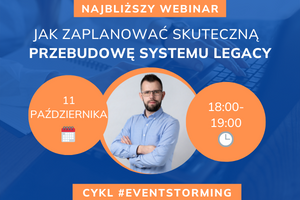All tools are summarized in Tools for a Consultant’s Work – Summary.
Matrices
At this point, we will combine various techniques into one category. When making decisions, it’s worthwhile to visualize their results on a 2-dimensional matrix. By choosing different axis parameters, we force participants to consider various aspects of their choices.
This approach can help in situations of typical, one-dimensional thinking, focused on direct results. In many situations, the group becomes closed to specific solutions, seeing only one side of the consequences of their decisions and ignoring the other. Unfortunately, both sides are important to have a full perspective on the situation.
https://hygger.io/blog/lean-prioritization-approach-ongoing-pm-issues/
A matrix allows us to collectively consider different aspects of our decisions. We can look at our choices from different angles to ensure no aspect is overlooked. Here are some matrices to consider:
- Value / Risk: We want to see how risky it is to achieve a given value. Useful if our decisions might not only be positive.
- Value / Cost: Showing expenditures for a given task compared to how much we can gain. Useful when collaborating with business people about the costs of development teams.
- Satisfaction / Functionality: Also known as the Kano model, it helps to better understand what our clients need from us. Useful when focusing on improving quality or addressing unique needs.
- Short-term Gain / Long-term Gain: Visualization of possible results in the short and long-term. Worth using when we think “quick wins” might later backfire.
- Company / Employee: A chart collecting possible benefits of a decision for the company and the employee. For stable operations, we should balance these two areas so neither is disadvantaged.
- Quantity / Quality: Presenting our decisions/metrics in terms of emphasis on one axis. This helps to find deficiencies in the opposite part of the matrix, e.g., when we have metrics collecting the number of new customers but lack metrics evaluating their profitability.
These are some comparisons I use, but you don’t have to limit yourselves to them. Depending on your problem, you can choose the frameworks needed. Almost nothing limits you here. Almost…
Adding additional dimensions is nearly impossible because we are limited by our own perception. We cannot effectively work with or visualize more dimensions. Therefore, different dimensions are usually flattened to ultimately have only 2 axes.
Example of Use
In an organization, technical and business teams worked within a large system. Various groups had significant difficulties understanding each other and making the right decisions. They spoke somewhat different languages and focused on different aspects of system development, leading to many conflicts and misunderstandings.
Implementing the Value / Cost matrix into daily practice allowed this organization to move conversations to common ground understandable to both sides. Technical teams understood the business benefits of certain requirements and could better align solutions with them. Conversely, the business side could sometimes avoid implementing costly solutions when they would not bring appropriate gains.
Why is it Beneficial?
A matrix is a simple method that can be explained and used in almost any situation. It allows us to show different aspects of our decisions and choose the right ones.




